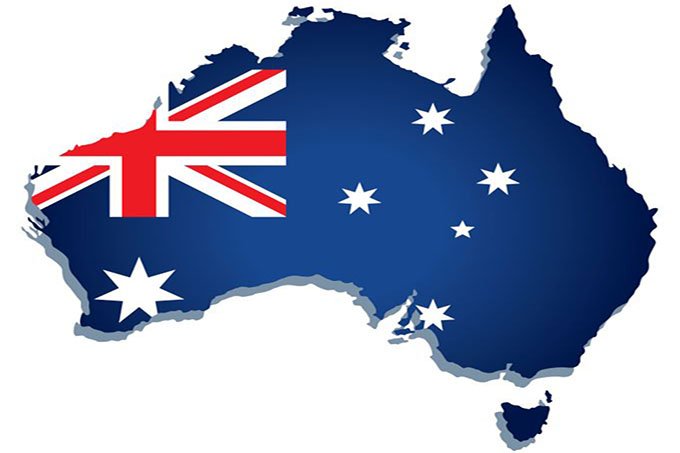 According to recent forecasts, the effects of COVID-19 on the Australian government’s budget may last for the next 40 years.
According to recent forecasts, the effects of COVID-19 on the Australian government’s budget may last for the next 40 years.
Projections suggest that the Australian birth rate is expected to fall significantly over the next four decades, which could pose a problem if the usually immigration-friendly measures don't return. As a result of this fall in the birth rate, the population would be about 1.2 million less people than previously estimated.
Previously, the population was expected to rise to almost 40 million in 2054-2055, though now it is expected to reach 38.8 million due to the effects of the pandemic.
“A not as fast-growing population isn’t much of a problem, it is the age structure of the population that leads us to a couple of concerns,” commented a spokesman for The Demographics Group. “If you have an aging population, you have fewer workers per retiree that are supporting the cost the retiree creates for the country.”
He explained that given the dire financial situation and uncertain outlook, people should reconsider bringing in more members into their families.
Australia has been relatively successful at containing the spread of the virus. Since the beginning of the pandemic, about 30,529 cases have been reported including 910 deaths, making it one of the least affected countries in the world.
So far, 7,374,666 vaccine doses have been distributed among Australians, and 1.19 million individuals are already fully vaccinated, accounting for about 4.7% of the population. The government has been heavily criticized due to the relatively slow vaccine rollout, with some arguing that if a bigger percentage of the population were vaccinated, imposing lockdowns wouldn't be necessary.
Lately, the country has been facing new outbreaks in its northern territory, mainly in Western Australia and Queensland. This pushed state leaders to consider meeting with Prime Minister Scott Morrison.
Treasurer Josh Frydenberg said that the country is currently facing a critical time in its fight against the virus, which has pushed several states to restrict their borders to prevent the further spread of the disease. According to Frydenberg, the country is now facing a new phase of the pandemic due to the spread of the delta strain.
This situation made New Zealand suspend its quarantine-free travel bubble with Australia, which was opened in April this year.
By 6:50 GMT, the Australian dollar went up by 0.08% against the US dollar, hitting the 0.7591 level. Since the beginning of the week, the Aussie has advanced by 0.11% against the greenback, gaining ground for the second consecutive week.

